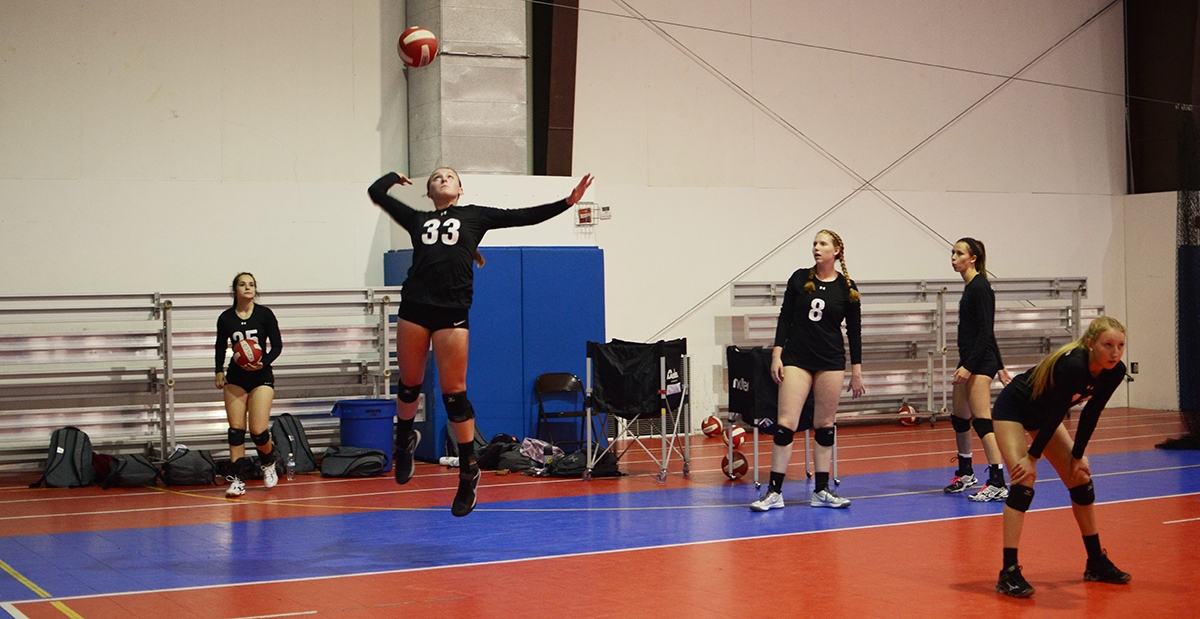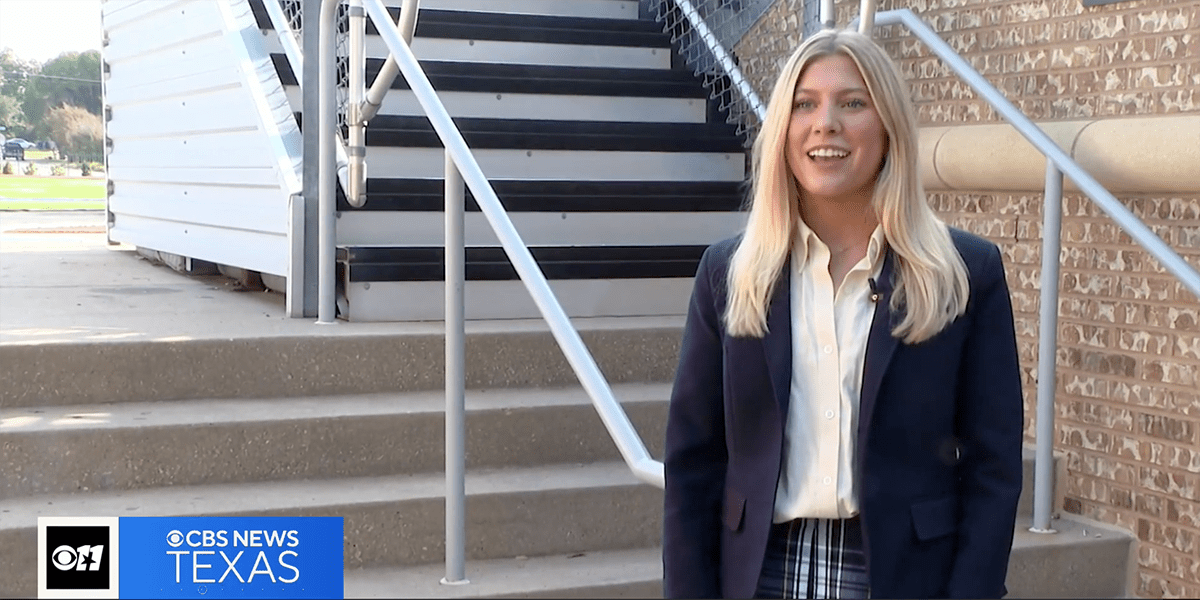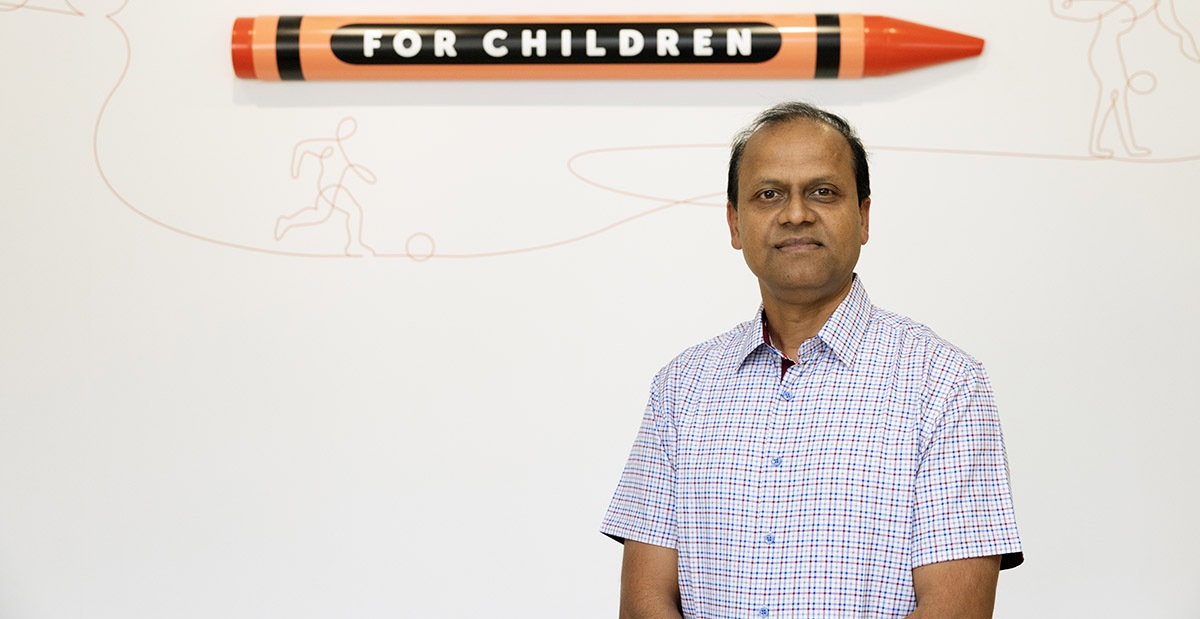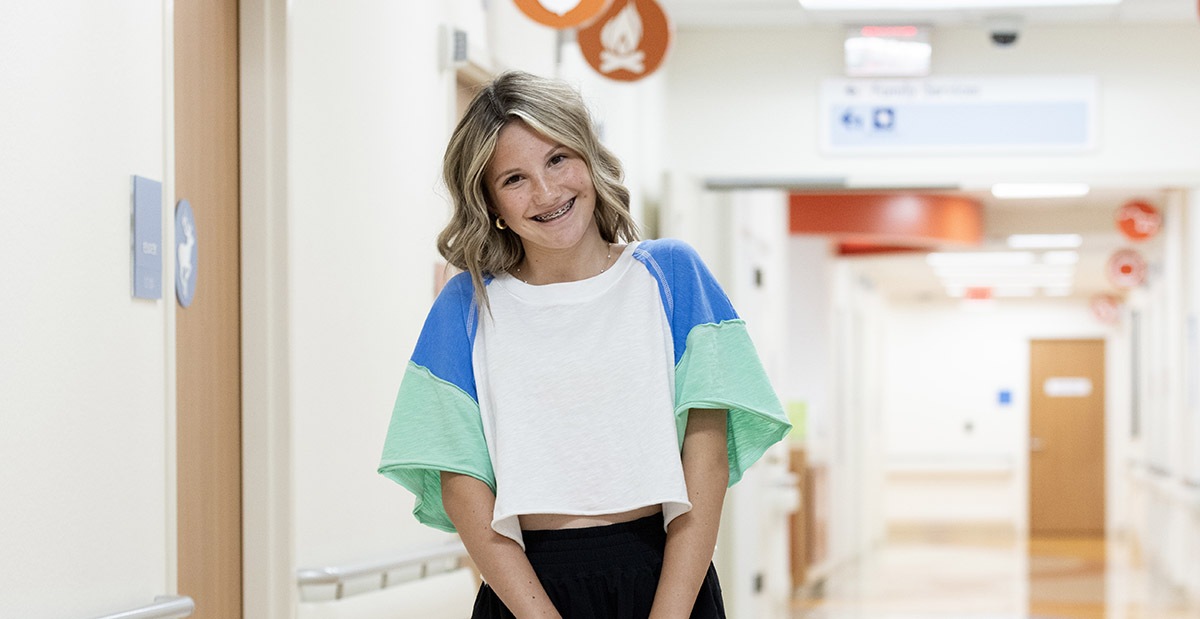Download the Volleyball Safety Sheet to share with parents of teammates and coaches.
Like many sports, volleyball comes with some inherent risks. This popular, fast-paced, explosive-natured sport requires players to react quickly, swiftly generate power from the legs and arms and perform movements repeatedly. Year-round, intense competition adds to the challenges for preventing overuse injuries and burnout. However, strategic rest periods and following appropriate safety recommendations can help decrease injury risk and help keep these athletes on the court.
COMMON PROBLEMS FOR VOLLEYBALL PLAYERS
Knee Pain and Injuries
Pain in the front of the knee is a common complaint from growing, active females. A proper strength and conditioning program can help prevent this discomfort and improve the alignment of both hips and knees for more power in squatting and jumping. Activity-related pain should not be ignored. Landing awkwardly from a jump can cause sprains and tears to ligaments and other soft tissue in the knee. A swollen knee after an injury warrants removal from play and an evaluation.
Finger Injuries
Blocking high-speed hits and setting the ball can put the fingers at risk of being jammed, fractured or dislocated. While jammed fingers typically heal with rest and ice, they can sometimes cause injury to ligaments and cartilage, which may require closer evaluation. If you are unsure or if pain and swelling do not subside with rest, it is best to have a medical evaluation.
Ankle Injuries
Ankle injuries are common in many sports, including volleyball, and typically occur while changing direction or landing on another player’s foot after a jump. Mild ankle sprains are often treated with RICE (Rest, Ice, Compression and Elevation). Repeated sprains, more severe sprains or an inability to bear weight may require an X-ray, evaluation and rehabilitation.
Shoulder Pain
The repetitive overhead motion of serving and hitting the ball can lead to pain in and around an athlete’s shoulder. Without ample recovery time, the tissue cannot adapt to the stress, and the muscle, tendon, bone or cartilage can be damaged. If pain persists after resting the injury for a couple of days, it is best to have a medical evaluation. For further information on shoulder pain, please visit Sports Medicine
Concussions
Liberos seem to be at the greatest risk of concussions in volleyball, but a hit or fall can happen to any player. An athlete with any symptoms or change in behavior, thinking, or physical functioning after a blow to the head or body should be suspected of having a concussion. This athlete should be removed from play immediately, even if there was not a loss of consciousness. The athlete should not return to play the same day as the injury and should have a medical evaluation.
Groin Injuries
Defensive moves require rapid changes in direction and speed, which can cause the adductor muscle group (inner thigh) to become overstretched. Pain from a muscle strain to this group may occur suddenly or over time. A medical evaluation is appropriate if the condition persists or occurs repeatedly.
Low Back Pain
Back pain that persists or does not get better with rest should not be ignored. Promptly addressing it can keep it from worsening. Overuse injuries such as a stress fracture (spondylolysis) in the lower back can develop from repeated hyperextension common in volleyball. Studies have found that volleyball players with a history of ankle sprains may be at a higher risk of low back pain. Strength and conditioning programs that include core training will help to prevent back pain.
TIPS TO HELP PREVENT INJURIES IN VOLLEYBALL
Play Smart and Be Aware of the Environment
All coaches want their players to hustle, but it is equally important to make smart plays.
Communicate
Volleyball is truly a team sport where one athlete cannot shine without the others.
Pre-Participation Evaluation (PPE)
A PPE is an essential first step in injury prevention.
Dynamic Warm-Up
A dynamic warm-up involves continuous movement in preparation for competition or practice.
Stay Hydrated
Whether, indoors and outdoors, an athlete’s performance can be impacted by even mild dehydration.
Rest
Take a day or two off from volleyball each week to let the shoulder rest even if there are no symptoms.
Wear Appropriate Gear
Athletes should wear properly sized shoes that are tied correctly and are appropriate for the playing surface.
Learn more about pediatric sports medicine.














